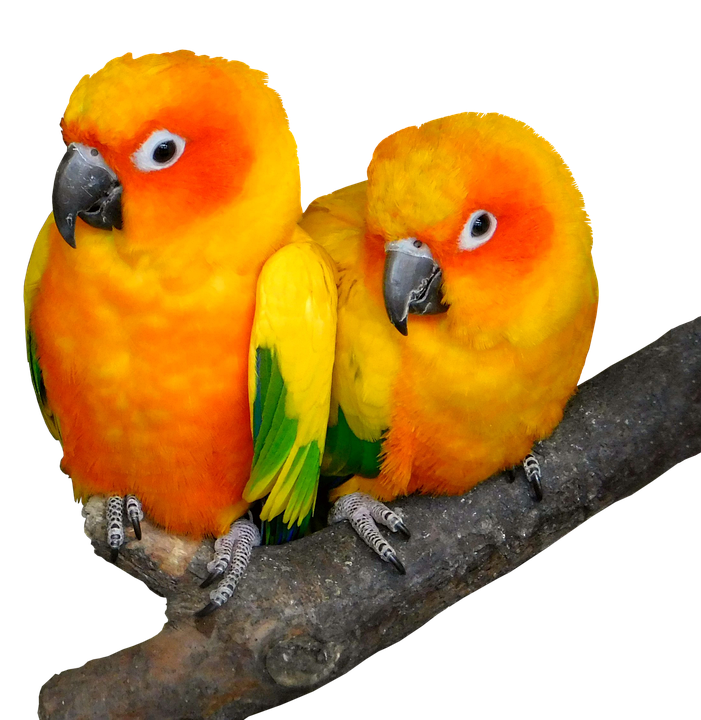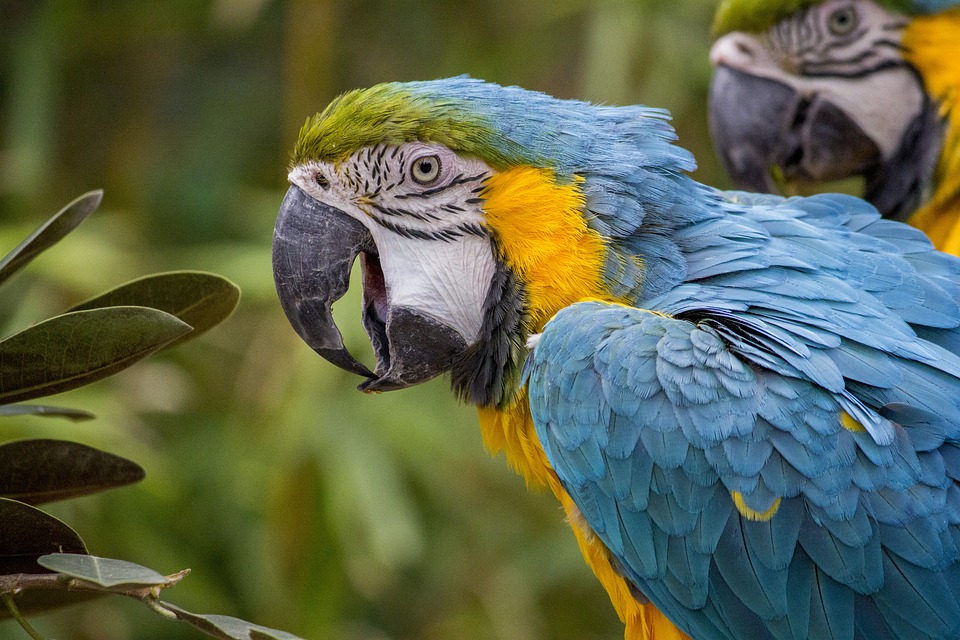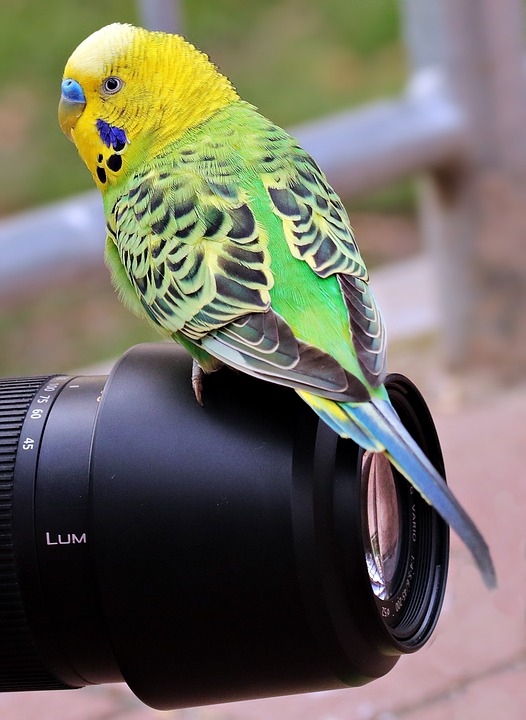Parrots are incredibly intelligent creatures that thrive on mental stimulation and interaction. One effective way to nurture their cognitive abilities is through focused learning sessions. To ensure maximum engagement and concentration during these training sessions, it is essential to set up a dedicated training station. In this article, we will guide you through the process of creating a training station for your parrot, along with some frequently asked questions to enhance your understanding.
Why is a Training Station Important?
1. Promotes focused learning: A training station provides a dedicated space where your parrot can focus on the task at hand without distractions. This helps them concentrate and absorb information more effectively.
2. Establishes a designated learning area: By creating a specific area for training, you create a visual cue for your parrot that it is time to engage in learning activities. This helps establish a routine and signals to your parrot that it’s time to focus.
3. Encourages positive behavior and routine: Having a designated training station helps your parrot associate that area with positive experiences and rewards. This can encourage good behavior and make training sessions more enjoyable for both you and your feathered friend.
Choosing the Perfect Location
1. Select a quiet and low-traffic area: Choose a location in your home that is away from loud noises and high foot traffic. This will minimize distractions and help your parrot stay focused during training sessions.
2. Provide a well-lit environment: Ensure that the training station is well-lit, either by natural or artificial light. This will help your parrot see and interact with toys, puzzles, and you more effectively.
3. Consider proximity to social interaction: While it’s important to minimize distractions, it’s also beneficial to have the training station in an area where your parrot can still see and hear you. This allows for social interaction and strengthens the bond between you and your parrot.
Essential Training Station Equipment
1. Training perch or stand: Choose a comfortable and safe perch or stand for your parrot to sit on during training sessions. Make sure it is appropriately sized to accommodate their feet and allows for a stable grip.
2. Interactive toys and puzzles: Provide a variety of toys and puzzles that require problem-solving skills. This engages your parrot’s cognitive abilities and provides mental stimulation during training.
3. Rewards and treats: Use small, healthy treats that your parrot enjoys as positive reinforcement during training. This motivates them to engage in desired behaviors and makes the learning experience more enjoyable.
4. Clicker or verbal cue device: Use a clicker or a verbal cue like a specific word or phrase to provide immediate feedback and reinforce desired behaviors. This helps your parrot understand when they have performed correctly.
Setting Up the Training Station
1. Arrange the training perch or stand: Place the perch or stand in a comfortable position within the training station. Make sure it is at a suitable height for your parrot to easily access and sit on.
2. Place interactive toys and puzzles strategically: Position the toys and puzzles in a way that encourages your parrot to interact with them. Rotate the toys regularly to keep the sessions interesting and prevent boredom.
3. Keep rewards and treats within reach: Have a designated area within the training station to store rewards and treats. This makes it easy for you to access them during training sessions and reinforces positive behavior.
4. Have a designated space for clicker or verbal cue device: Keep your clicker or verbal cue device within reach. This ensures that you can provide immediate feedback and reinforcement to your parrot during training.
Preparing for Training Sessions
1. Establish a consistent schedule: Set a regular training schedule that works for both you and your parrot. Consistency is key to reinforce learning and create a routine that your parrot can anticipate.
2. Minimize distractions in the surroundings: Before starting a training session, ensure that the area is free from distractions such as loud noises, other pets, or people moving around. This helps your parrot stay focused and engaged.
3. Ensure your parrot is in a calm and receptive mood: Observe your parrot’s behavior and body language before starting a training session. If they seem agitated or disinterested, it may be better to postpone the session for a later time when they are more receptive.
FAQs (Frequently Asked Questions)
Q1. How long should a training session be?
Ideally, training sessions should be kept short, around 10 to 15 minutes, to maintain your parrot’s focus and prevent boredom or frustration.
Q2. How often should I conduct training sessions?
Consistency is key. Aim for daily training sessions, but remember to consider your parrot’s energy levels and monitor signs of fatigue or disinterest.
Q3. Can I use any perch or stand for the training station?
It is recommended to choose a perch or stand that is comfortable and safe for your parrot. Make sure it is appropriately sized to accommodate their feet and allows for a stable grip.
Q4. What types of interactive toys and puzzles are suitable for training sessions?
Look for toys that require problem-solving skills, such as puzzle boxes or treat-dispensing toys. These engage your parrot’s cognitive abilities and provide mental stimulation during training.
Q5. Are treats necessary during training sessions?
Treats serve as positive reinforcement and motivation for your parrot. Use small, healthy treats that your bird enjoys, such as pieces of fruit or nuts. However, it is essential to monitor their overall diet to avoid excessive treats.
Q6. Can I use a verbal cue instead of a clicker?
Yes, you can use either a clicker or a verbal cue like a specific word or a short phrase. The key is consistency and providing immediate feedback to reinforce desired behaviors.
By creating a dedicated training station, you are providing your parrot with an optimal learning environment that promotes engagement, positive behavior, and mental development. Remember to keep your training sessions short, consistent, and enjoyable for both you and your feathered friend. Happy training!









